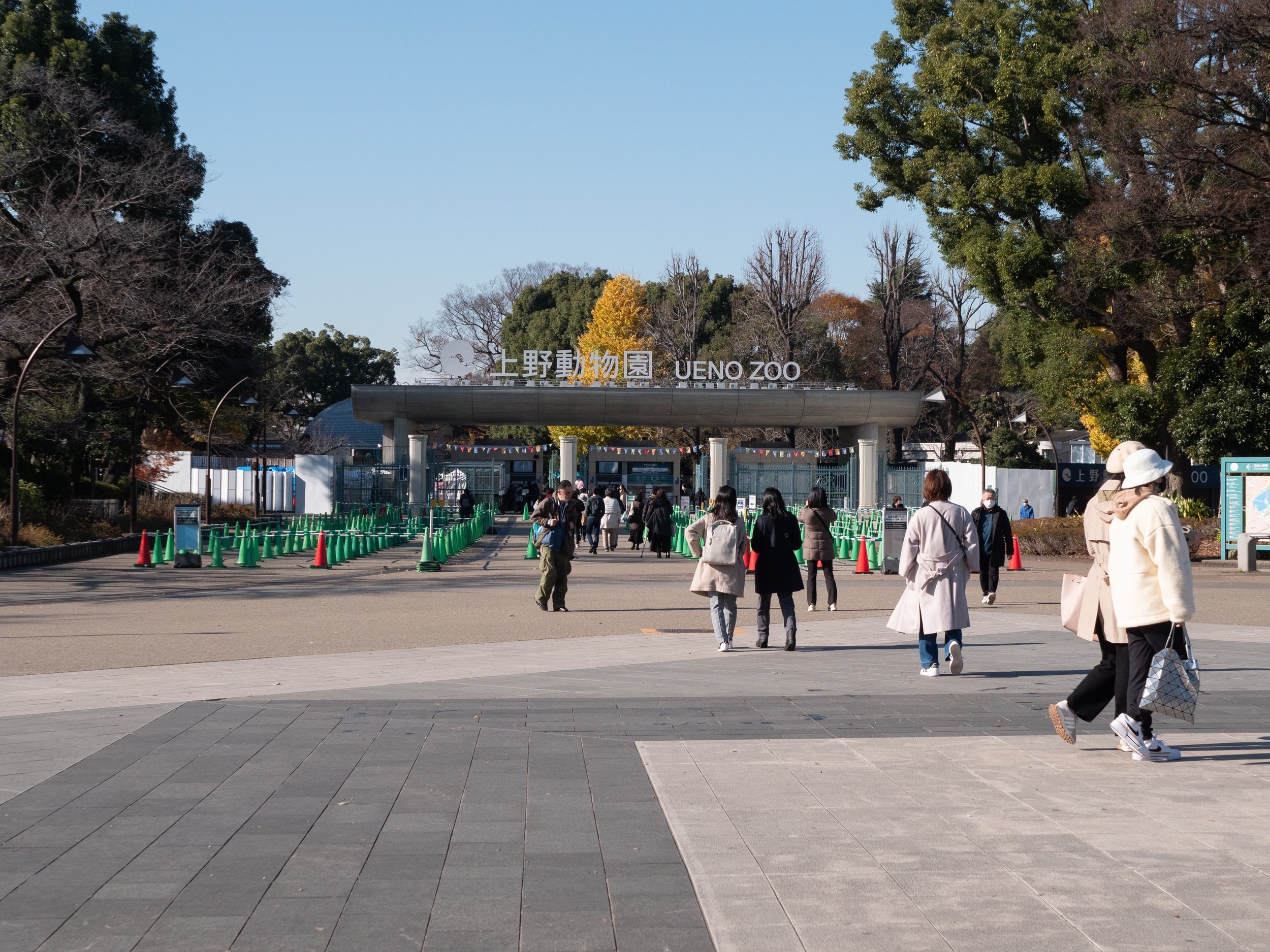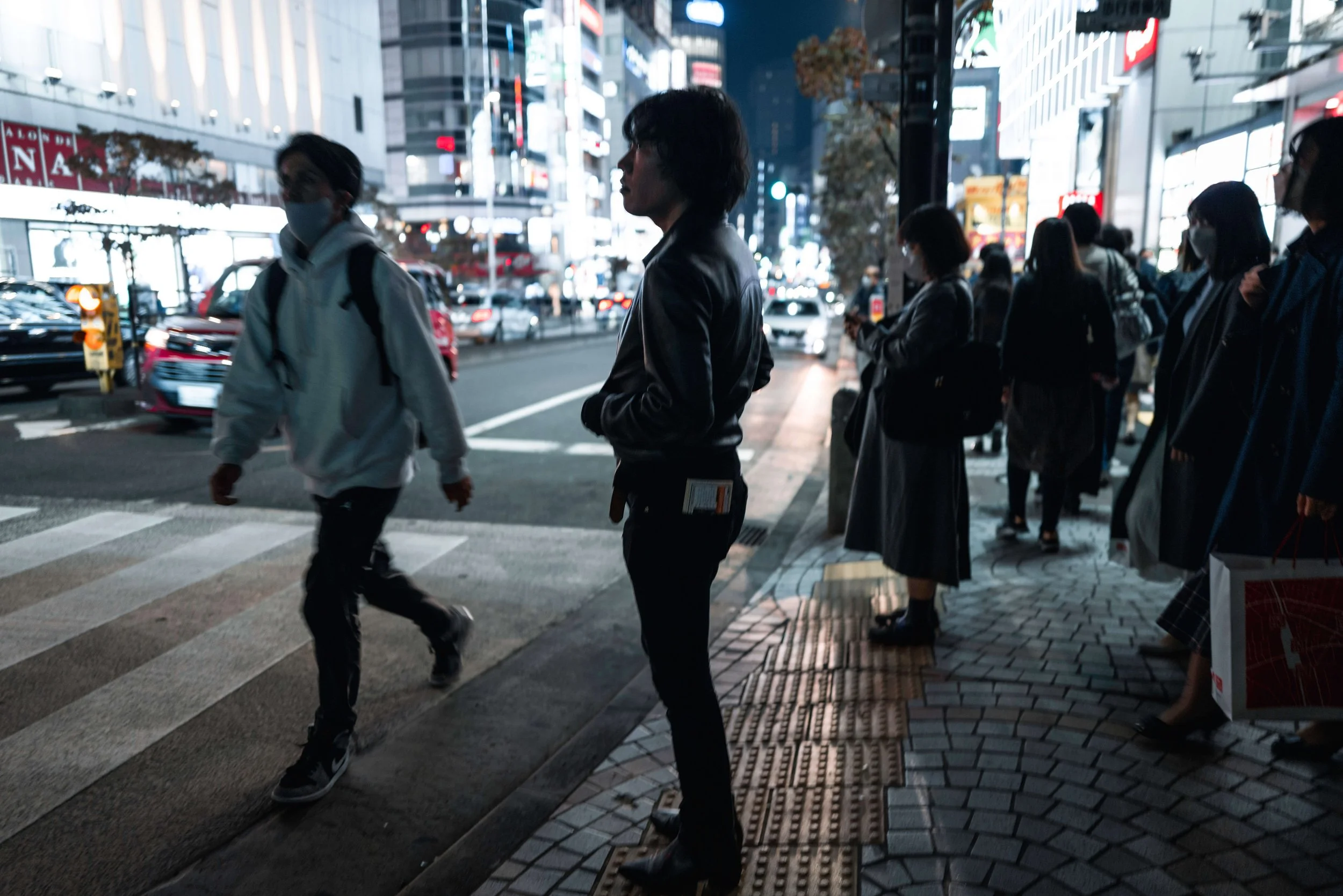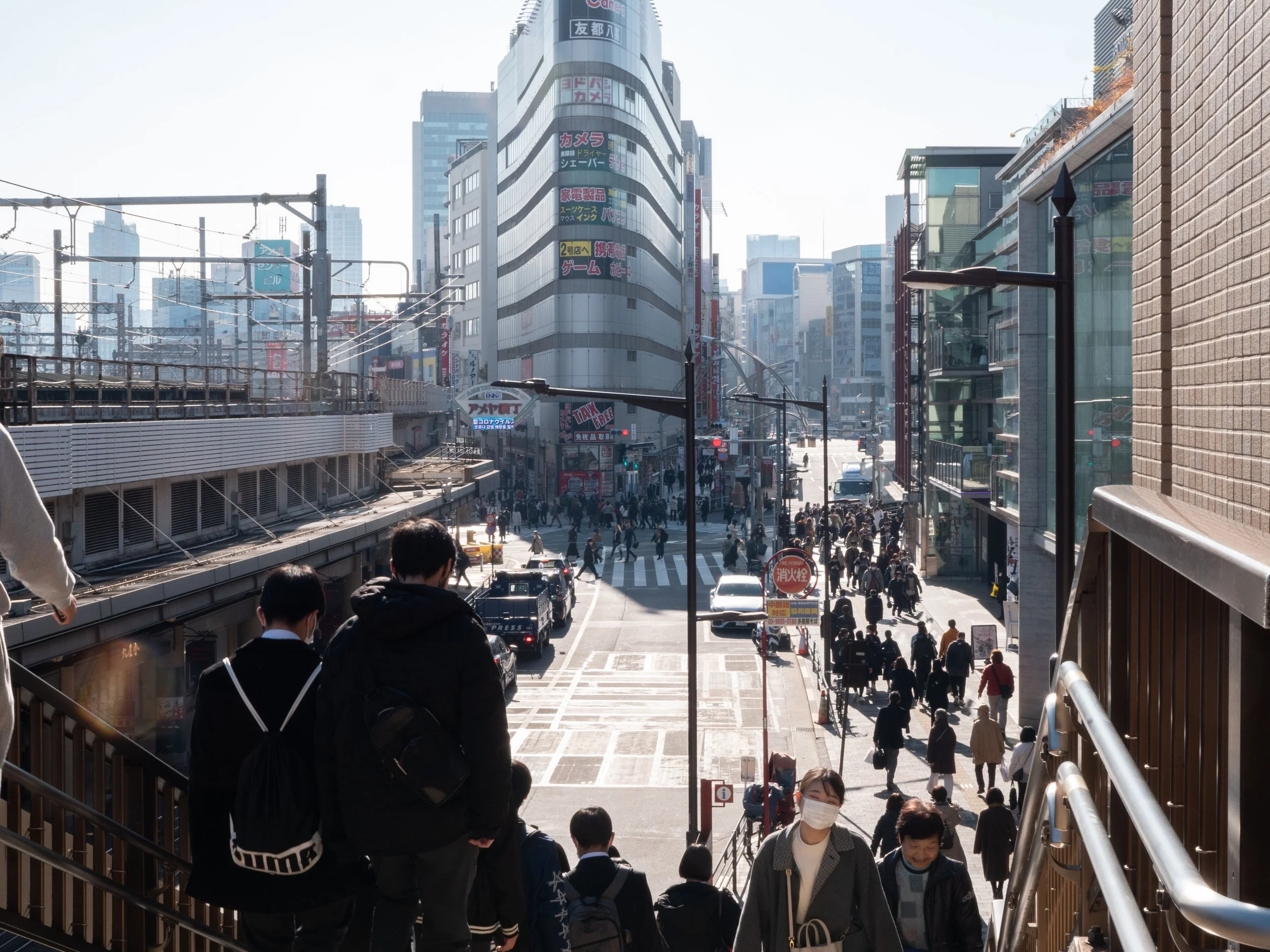Ueno Zoo
In Ueno Park there is a Zoo where you can watch Panda!
Ueno Zoo
Since the first pair of giant pandas arrived in 1972, this animal has become the mascot of the Ueno Zoo. But the children's darling is not the only one to cheer up young visitors: in addition to the pandas, the zoo is home to some 3,000 animals belonging to 400 different species; this incredible variety is one of the strengths of the park, which has now become one of Tokyo's top attractions.
Built in 1882, this is the oldest and largest zoo in Japan; it occupies a very large area, with many paths winding alongside the animal enclosures, and to visit it all requires at least half a day! In addition to being a great alternative for a fun afternoon with the family, the zoo is now a must for nature and animal lovers, who can observe them up close here and get all the useful information about the zoo's activities to protect endangered species. In recent years, the facility has also made enormous efforts to improve conditions for the animals by eliminating the annoying bars that gave the feeling of a "prison" and creating more natural and modern habitats, demarcated rocks and Plexiglas panels.
In the zoo
The zoo is divided into two sections: the east part and the west part. The main entrance, located a few minutes' walk from JR Ueno Station, is in the east part; next to the entrance is the park's main attraction, giant pandas. Especially on weekends there might be a bit of a line in front of their enclosure, but it's worth the wait! These cuddly animals are in good company: as you continue, you pass by the enclosures of elephants, tigers, gorillas, polar bears, reptiles and many species of birds. On the east side you will also be lucky enough to see an ancient five-story Pagoda and a tea room from the 1800s; with their Japanese architectural style, both of these buildings contribute a more traditional and historic touch to the zoo.
Given the size of the park, you can hop on the little train that connects the two sections (price 150 yen) to reach the western part. You will make some very interesting encounters here as well! The Small Mammal House is home to some nocturnal animal species, including bats, while the Vivarium, one of the newer facilities, has become home to crocodiles, turtles, frogs, and some of the rarest fish in the world. The large Shinobazu Lake is the realm of cormorants, ducks, ibis and pelicans, and, to the delight of young and old alike, there is also the Children Zoo, an area where you can access the enclosures to closely observe and pet children's favorite animals, including baby goats, rabbits, monkeys, ponies, etc.
Inside the zoo you will then find numerous food outlets serving themed specialties, stalls, souvenir stores and exhibition areas with exhibits dedicated to the natural world.
General Information
Admission to the zoo costs 600 yen, but children under 12 are free, and there are reductions for students and the over-65s. The park is open daily, except Mondays, from 09:30 to 17:00, but closes later in summer.
To get to the park simply get off at the and walk for 5-10 minutes.
To get to the park simply get off at JR Ueno Station and walk for 5-10 minutes.
Bibliography, sources and references
The Rough Guide to Tokyo
By Jan Dodd, Simon Richmond · 2001
https://www.google.com/books/edition/The_Rough_Guide_to_Tokyo/alKrRjsAYfEC?hl=en&gbpv=0
Book Giorgio + Koharu - Japan Tour
14 days of Japanese experiences with native japanese guide
Places to visit: the futuristic Tokyo, traditional Japan Kyoto, natural and wild Hokkaido and Okinawa paradise islands.
Food and drinking experiences: Ramen, Soba, Sushi, Isakaya drinking bar, Karaoke
Traditional Japanese experiences: Shodo Japanese calligraphy, Ikebana flower lesson, fortune telling.
Explore Japanese destinations
JAPAN
Tokyo
National Museum of Western Art
Transports
Suggestions:
Cherry Blossoms - Sakura Hanami
HOKKAIDO
OTHER PLACES:
OKINAWA












